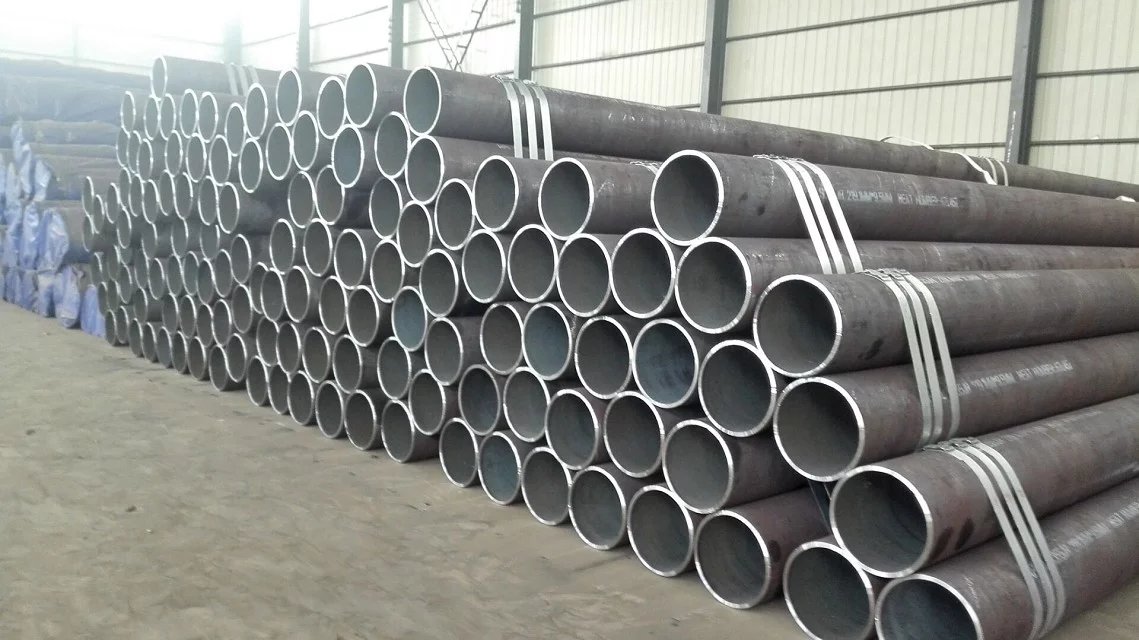-
Cangzhou Yulong Steel Co., Ltd.
-
Phone:
+86 13303177267 -
Email:
admin@ylsteelfittings.com
- English
- Arabic
- Italian
- Spanish
- Portuguese
- German
- kazakh
- Persian
- Greek
- French
- Russian
- Polish
- Thai
- Indonesian
- Vietnamese
- Zulu
- Korean
- Uzbek
- Hindi
- Serbian
- Malay
- Ukrainian
- Gujarati
- Haitian Creole
- hausa
- hawaiian
- Hebrew
- Miao
- Hungarian
- Icelandic
- igbo
- irish
- Japanese
- Javanese
- Kannada
- Khmer
- Rwandese
- Afrikaans
- Albanian
- Amharic
- Armenian
- Azerbaijani
- Basque
- Belarusian
- Bengali
- Bosnian
- Bulgarian
- Catalan
- Cebuano
- China
- China (Taiwan)
- Corsican
- Croatian
- Czech
- Danish
- Esperanto
- Estonian
- Finnish
- Frisian
- Galician
- Georgian
- Kurdish
- Kyrgyz
- Lao
- Latin
- Latvian
- Lithuanian
- Luxembourgish
- Macedonian
- Malgashi
- Malayalam
- Maltese
- Maori
- Marathi
- Mongolian
- Myanmar
- Nepali
- Norwegian
- Norwegian
- Occitan
- Pashto
- Dutch
- Punjabi
- Romanian
- Samoan
- Scottish Gaelic
- Sesotho
- Shona
- Sindhi
- Sinhala
- Slovak
- Slovenian
- Somali
- Sundanese
- Swahili
- Swedish
- Tagalog
- Tajik
- Tamil
- Tatar
- Telugu
- Turkish
- Turkmen
- Urdu
- Uighur
- Welsh
- Bantu
- Yiddish
- Yoruba

Nov . 19, 2024 05:36 Back to list
Specifications and Dimensions for Stainless Steel Seamless Pipes
Understanding SS Seamless Pipe Dimensions
Stainless steel seamless pipes are an essential component in various industries, including oil and gas, construction, pharmaceuticals, and food processing. These pipes, made from high-quality stainless steel without any welding seams, provide significant advantages such as strength, durability, and resistance to corrosion. One of the critical aspects of working with seamless pipes is understanding their dimensions, as this directly affects their application and performance.
Importance of Dimensions
The dimensions of seamless pipes are crucial for ensuring compatibility with various fittings, flanges, and other piping components. The size of a pipe affects its flow capacity, pressure rating, and overall structural integrity. In many applications, using the correct pipe diameter is vital for safety, efficiency, and performance.
Standard Dimensions
Seamless stainless steel pipes are available in various dimensions, typically specified in the following ways
1. Nominal Pipe Size (NPS) NPS is a North American standard used to describe the size of pipes. It is defined by a nominal diameter and is commonly followed by numbers indicating the pipe's schedule (a measure of the wall thickness). For example, a pipe with a 2-inch NPS might have several wall thickness options depending on its schedule.
2. Outside Diameter (OD) The OD is another critical measurement, as it represents the external diameter of the pipe. This dimension is important when designing connections with other piping systems. The OD remains constant regardless of the pipe’s wall thickness.
3. Wall Thickness The wall thickness of a seamless pipe affects its strength and pressure rating. Pipes are categorized by their Schedule number, which correlates with their wall thickness. Thicker walls can handle higher pressures but increase weight and may be more costly.
4. Length Seamless pipes are generally available in standard lengths, usually 20 or 40 feet (approximately 6 or 12 meters). However, they can also be cut to specific lengths based on project requirements.
ss seamless pipe dimensions

5. Weight Understanding the weight of the pipe is essential for handling and transportation. The weight of a seamless stainless steel pipe is determined by its material density, dimensions, and wall thickness.
Metric and Imperial Standards
While the above specifications are common in North American standards, it is important to note that many parts of the world use metric measurements. For instance, outer diameter might be measured in millimeters instead of inches. Industry professionals need to be mindful of these differences when sourcing materials internationally.
Grade Considerations
The selection of the stainless steel grade is also a critical consideration when looking at dimensions. Different grades (such as ASTM A312, A316, and A270) have varying mechanical and chemical properties, which can affect dimensional specifications and performance. For example, austenitic stainless steel grades are known for their excellent corrosion resistance and are commonly used in food and beverage applications.
Applications and Their Dimensional Needs
The application of seamless stainless steel pipes often dictates the required dimensions. For instance, in a high-pressure steam line, thicker walls will be necessary to ensure safety and reliability. In contrast, applications with lower pressure may afford the use of lighter-weight options.
Similarly, specific industries have mandated standards for pipe dimensions. The oil and gas industry often adheres to strict dimensional protocols to withstand high pressures and fluctuating temperatures, whereas pharmaceutical industries may focus on seamless pipes with smooth interior surfaces to avoid contamination.
Closing Thoughts
In conclusion, understanding the dimensions of stainless steel seamless pipes is vital for engineers, architects, and project managers across various industries. From the nominal pipe size and outside diameter to wall thickness and grade considerations, each dimension plays a significant role in determining the pipe's suitability for a specific application. Ensuring proper dimensioning not only enhances performance but also enhances safety and longevity in a wide range of industrial applications. Whether you are involved in design, procurement, or installation, a solid grasp of these dimensions will help you make informed decisions for your projects.
Latest news
-
ANSI 150P SS304 SO FLANGE
NewsFeb.14,2025
-
ASTM A333GR6 STEEL PIPE
NewsJan.20,2025
-
ANSI B16.5 WELDING NECK FLANGE
NewsJan.15,2026
-
ANSI B16.5 SLIP-ON FLANGE
NewsApr.19,2024
-
SABS 1123 FLANGE
NewsJan.15,2025
-
DIN86044 PLATE FLANGE
NewsApr.19,2024
-
DIN2527 BLIND FLANGE
NewsApr.12,2024
-
JIS B2311 Butt-Welding Fittings LR/SR 45°/90° /180°Seamless/Weld
NewsApr.23,2024











